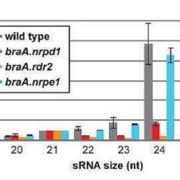
Maternal components of RdDM are required for seed development in Brassica rapa
Plant Science Research WeeklyRNA directed DNA methylation (RdDM) is an epigenetic process in which plant double-strand RNAs are processed into small RNAs (sRNA) that add repressive DNA methylation to homologous DNA sequences. RdDM primarily acts on repetitive DNA and transposable elements (TEs). Despite its important biological…
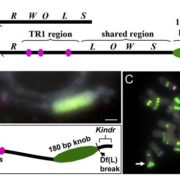
A Kinesin-14 motor activates neocentromeres to promote meiotic drive in maize
Plant Science Research WeeklyMeiotic drive is essentially a subversion of meiosis such that particular regions or alleles are preferentially favored for transmission to the progeny. Abnormal chromosome 10 (Ab10) is a classic example of meiotic drive in maize that converts heterochromatic chromosomal knobs into motile ‘neocentromeres’.…

From The Scientist: Image of the day, Pseudomonas autophagy
Blog, Research, The Plant Cell, The Plant Cell: News
An image from a paper published in Plant Cell is featured as The Scientists "Image of the Day"
Image of the Day: Pseudomonas Autophagy
Researchers identify antibacterial functions of cell death in Arabidopsis when the plant is infected with Pseudomonas.
By The Scientist Staff | March 30, 2018
A…
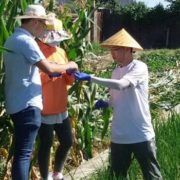
Gene boosts rice growth and yield in salty soil
Blog, Research, The Plant Cell, The Plant Cell: News
In a new study published in The Plant Cell, a team of researchers identified a gene that limits yield losses in rice plants exposed to salt stress and deciphered the underlying mechanism.
Soil salinity poses a major threat to food security, greatly reducing the yield of agricultural crops. Rising…
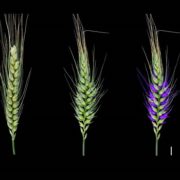
Wheat research discovery yields genetic secrets that could shape future crops
Blog, Research, The Plant Cell, The Plant Cell: NewsA new study published in The Plant Cell has isolated a gene controlling shape and size of spikelets in wheat. Materials provided by the John Innes Centre.
A new study has isolated a gene controlling shape and size of spikelets in wheat in a breakthrough which could help breeders deliver yield…

Using Raspberry Pi Computers in the Lab
Plantae Webinars, Research, Research Skills0 Comments
/
Using Raspberry Pi Computers in the Lab
Recorded April 2018
About This Webinar:
This webinar will demonstrate how low-cost microcomputers may be used for different applications in the lab. The seminar will focus on tips and suggestions for setting up low-cost, high-throughput phenotyping hardware.…

Taproot S2E4: Understanding Biological Networks and When to Break the Circuit with Ross Sozzani
Blog, The Taproot Season 2, The-TaprootIn this episode, Ivan and Liz talk with Rosangela (Ross) Sozzani about her research and career path. Ross received her Ph.D. at the University of Pavia. After her post-doctoral studies at Duke University, Ross received the Armenise-Harvard Career Development Award for outstanding early-career scientists…
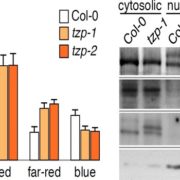
Developmental Timing is Everything: TZP and Phytochrome Signaling
Blog, The Plant Cell, The Plant Cell: In BriefAlthough they lack eyes, plants can differentiate between colors with a full complement of photoreceptors. Phytochromes (phys) are such photoreceptors dedicated to the visible light spectrum ranging from red light (600-700 nm) to far-red light (700-750 nm). phys are some of the most studied genes and…
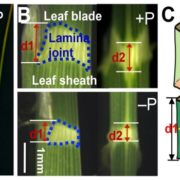
So Inclined: Phosphate Status and Leaf Angle in Rice
Blog, The Plant Cell, The Plant Cell: In BriefWhen plants have plenty of room, they can maximize the incoming light by spreading their leaves. However, in modern agricultural fields, plants that hold their leaves upright to decrease mutual shading can be grown at high density. Leaves serve as a reservoir for nitrogen that can be re-mobilized to…

